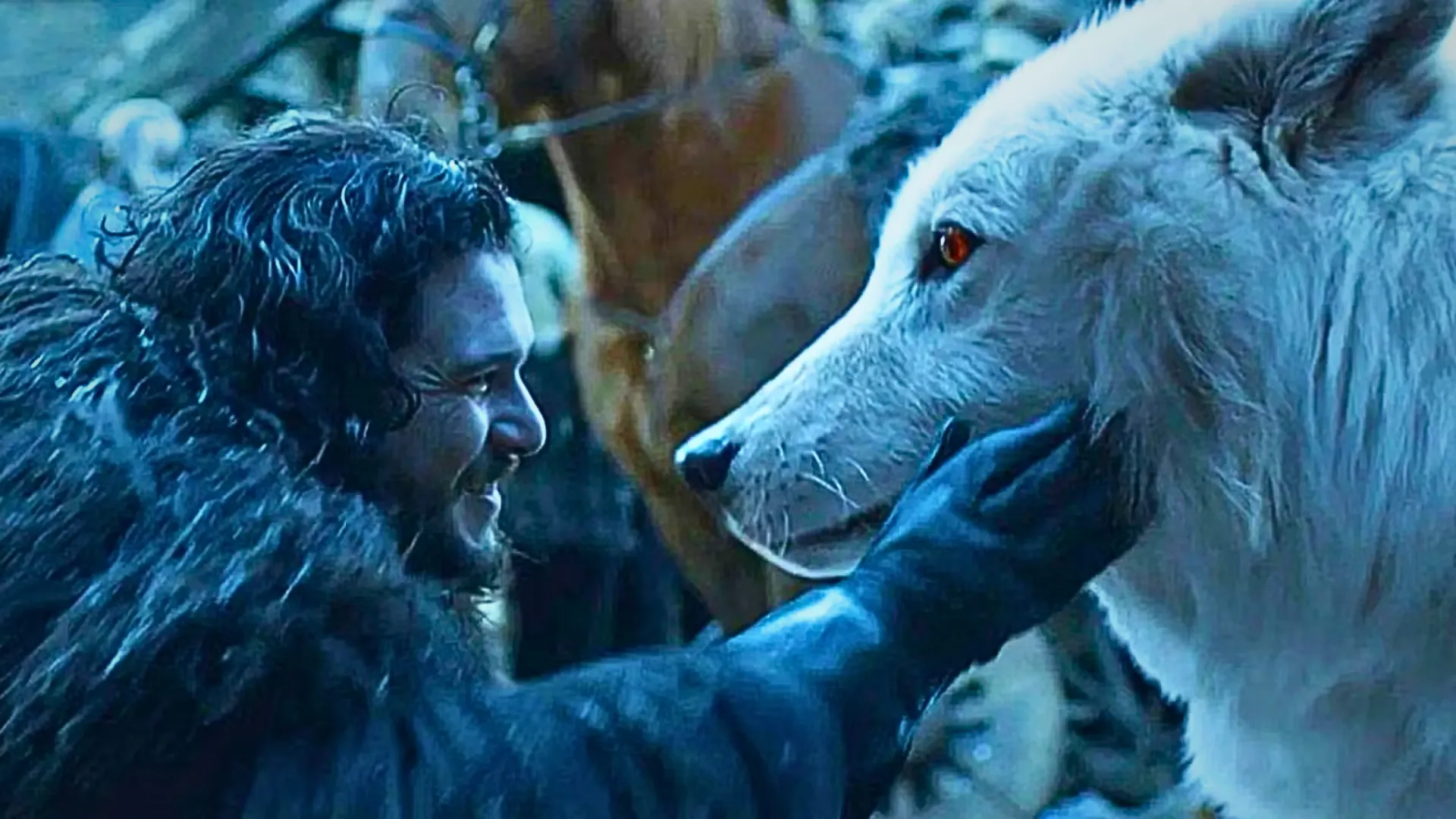For most, the phrase “dire wolf” conjures visions of huge, snarling creatures rampaging through snowy woods a legacy cemented by popular television such as Game of Thrones. But what were dire wolves actually like? Were they as fearsome as legend makes them out to be? In this Explainer article, we venture far back into the prehistoric past to find out about dire wolves, learning about their biology, history, and myths that have accumulated around them.
Origins and Timeline
Dire wolves (Aenocyon dirus), or “terrible wolf,” lived in North America during the Late Pleistocene era, about 250,000 to 10,000 years ago. They shared their habitat with other megafauna like mammoths, saber-toothed tigers, and giant sloths. Fossil records mainly locate them in areas from Alaska and Canada down to southern United States and Central America.
The species was initially described in 1858 when fossil remains were found in Ohio. Thousands of dire wolf specimens have been discovered since then particularly from the La Brea Tar Pits in California, where more than 4,000 dire wolf skulls have been documented.
Physical Characteristics Of The Species
As their name suggests, dire wolves were not exceptionally larger than contemporary gray wolves (Canis lupus), even if they were significantly more muscular. On average, they reached a height of about 2.5 feet at the shoulder and lengths of up to 5.5 feet. They weighed between 60 to 100 kilograms (approximately 130 to 220 pounds), making them one of the heaviest canid species ever known.
Their strong, stocky build and massive skulls suggest they had powerful jaws capable of crushing bone a trait that suited their scavenging and hunting habits. Unlike their more agile cousins, dire wolves likely relied on brute strength and pack cooperation to take down large prey.
Behavior and Diet Of Dire Wolves
Dire wolves were top predators and opportunistic feeders. Their teeth and wear patterns show that they ate a broad variety of animals, including horses, bison, camels, and even young mammoths. Their powerful jaw and teeth adaptations enabled them to eat carcasses nearly whole, bones included.
Evidence also favors the belief that dire wolves hunted in packs, much like contemporary wolves. The presence of large groups at fossil sites such as La Brea suggests social behavior. This pack arrangement would have provided an advantage in pursuing larger prey.
Not Actually Wolves? A Taxonomic Twist
For centuries, dire wolves were regarded as close cousins of gray wolves. That assumption was upended, however, by a pioneering 2021 genetic analysis published in Nature. By decoding ancient DNA from dire wolf fossils, scientists found that dire wolves split from other canids with wolf-like features roughly 5.7 million years ago.
This puts them in a distinct genus, Aenocyon, instead of Canis, which contains gray wolves, coyotes, and domestic dogs. Dire wolves actually share a more distant common ancestor with gray wolves than gray wolves do with jackals. They probably evolved in isolation in the Americas and didn’t share any genes with other wolves.
This discovery has reformed our knowledge of canid evolution and demonstrated how convergent evolution the process by which unrelated species develop similar characteristics can produce misleading similarities.
Extinction and Climate Change
Dire wolves became extinct approximately 10,000 years ago, around the same time as most of the large Ice Age mammals. Scientists attribute their extinction to a combination of climate change and competition with other predators such as humans and smaller, more opportunistic canids like the gray wolf.
As the Ice Age came to a close, shifting ecosystems resulted in a loss of megafauna large prey, which would have seriously impacted large carnivores that relied on megafauna for sustenance. The coyote and gray wolf, being less specialized and more generalist, were better suited to survive these changes.
Pop Culture Portrayal: Fact vs Fiction About Dire Wolves
Game of Thrones’ dire wolves are more fantasy than reality, shown as house-sized, loyal, and clever animals. Although real dire wolves were huge predators, they were hardly much larger than wolves today, and they did not have the magical features shown in the show.
Their pop culture persona has undoubtedly brought attention to the actual species, but it’s necessary to distinguish between creative freedom and scientific fact. In reality, these ancient canines were interesting animals in their own right without the necessity of embellishment.
Why Study Dire Wolves?
Knowledge of dire wolves offers insightful information on Ice Age ecosystems, predator-prey relationships, and species extinction. They are a case study of how species evolve or do not evolve with changing environments and competition.
The recent revelation of their distant connection to other canids also contributes to the expanding body of knowledge in evolutionary biology and the intricacy of ancient lineages. With increasingly advanced technologies enabling researchers to recover and study ancient DNA, our understanding of prehistoric life continues to change.
While they did not breathe fire or protect noble manors, dire wolves were formidable, social, and incredibly successful predators of their day. Their extinction is the end of a special branch of the canid family tree, but their tale continues in both fossil evidence and cultural memory.
By disentangling fact and fiction, we not only give proper due to the scientific record of dire wolves but enhance our understanding and respect for actual natural world marvels. So whenever you now hear someone utter “dire wolf,” recall: reality is no less legendary than legend just better anchored in bone and science.























